Since starting with the Gadgeteer, I’ve been able to amass a good collection of portable power banks in all shapes and sizes. I love the peace of mind knowing spare power is always immediately available to me. Recently, I was offered the chance to add another power bank to the collection, the Goal Zero Flip 20.
The Flip 20 is very compact. It measures 3.7″ x 1.63″ x 0.83″ and weighs 130 grams. It’s about the same height, and half the width of my highly scientific comparison tool…a deck of cards. You should have no trouble finding a place to store the Flip 20 on the go.
The Flip 20 has a storage capacity of 5200 mAh. Most recent smartphones have a battery capacity hovering near 3000 mAh, so the Flip 20 should be able to fully recharge your phone almost two times before running out of juice.
The top of the Flip 20 has a single USB port with a 2.1A output for recharging your devices.
One side of the Flip 20 has four battery indicator lights. When the power bank is charging, the lights will display the current charge level; each light represents 25% of the battery’s capacity.
The other side of the Flip 20 has an articulating USB input port for charging the battery. The port rotates about 180 degrees. When the port is folded in, pushing on it causes the indicator lights to display the current charge level.
The Flip 20 arrived fully charged and came with a microUSB cable. To charge your device, you attach the microUSB cord to the Flip 20 and your device’s microUSB port. The Flip 20 will automatically begin to charge whatever is attached to it.
I attached the Flip 20 to an iPhone 6 Plus I’ve been using recently. The power bank recharged the phone from 13% to 99% in about 3 hours. That’s about on par with the time it takes my car charger to recharge my phone.
Recharging the Flip 20 is easy, but I wasn’t a fan of having to use a full sized USB port. Every other power bank I’ve ever used has been charged by plugging a USB cord into an integrated microUSB port. The Flip 20 plugs directly into a USB port, which sounds simply enough; however, I didn’t feel comfortable having the Flip 20 dangling from a power adapter while it was recharging. I don’t like the idea of all that weight being supported by an adapter. I think it would have been much better if Goal Zero used a mircoUSB port.
It took just under four hours to recharge the power bank. That’s about the same duration I experienced with similar power banks I’ve used.
The Flip 20 is also equipped with pass-through charging, meaning you can plug the power bank into the wall, and a device into the power bank, and have them both charge at once. It’s a nice feature, but one I don’t see myself using often.
The Flip 20 is also solar ready, but Goal Zero didn’t send me the additional equipment necessary to test that feature.
I really like the compact size of the Flip 20, but detest the method used to recharge it. It worked just fine, but at $49.99 I find it hard to recommend. I’ve previously reviewed power banks with twice the capacity for half the price. They might not be as compact as the Flip 20, but they were still portable. Personally, I would go with a slightly larger power bank that has more capacity, but costs less.
Source: The sample for this review was provided by Goal Zero. For more information please visit their site for more info and Amazon to order one.

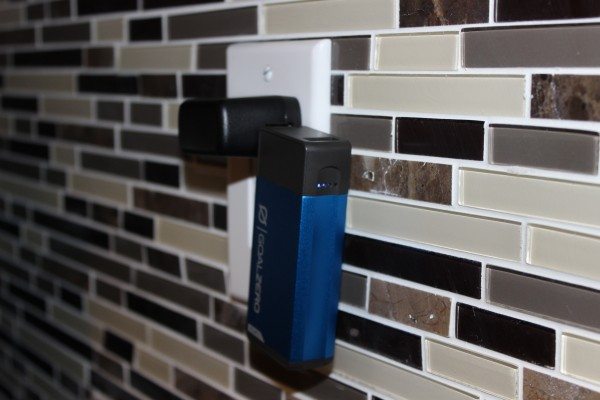
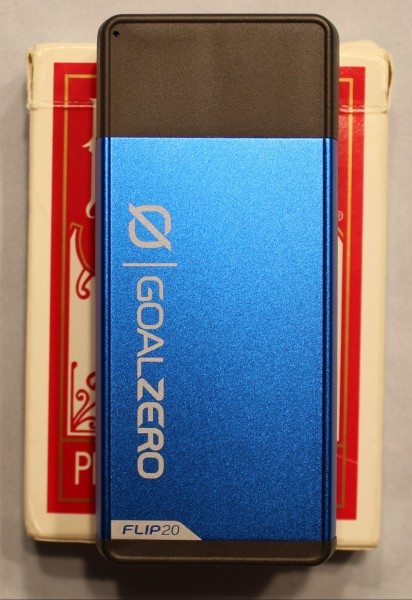
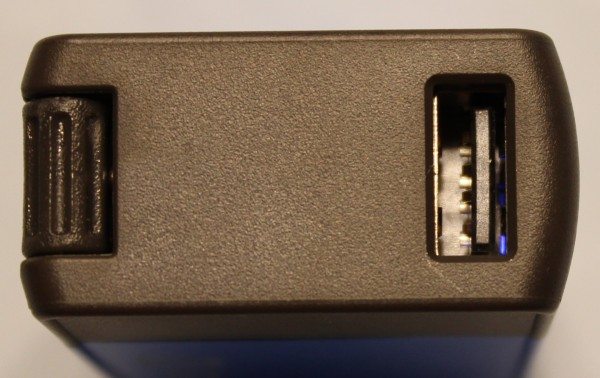

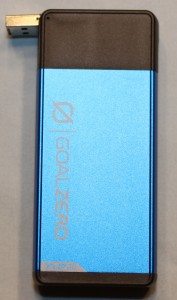
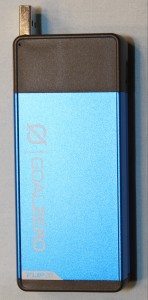

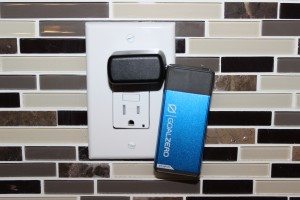
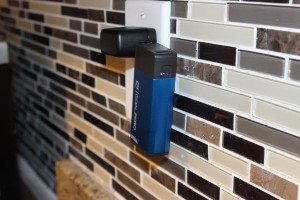


Gadgeteer Comment Policy - Please read before commenting
The reason the Flip charges the way it does is to avoid having another cable to get lost, just to charge up the battery pack – this way, it plugs directly into a computer, USB power adapter or wall plug slot, or the solar charging panel’s USB port. Otherwise, you either have to carry another micro USB cable, bulk up the pack to build in one with a decent length, or you have to decide between charging up the pack or the device when you’ve only one USB per adapter or port.
For the record, it does support pass through charging (it can charge itself while being charged), and it’s reasonably durable. Plus the battery chemistry used (NMC) is much less prone to catastrophic failures (like exploding or catching fire) than normal lithium ion batteries tend to be. The only downside if that they tend to hold any 10-15% less charge per cell than the Li-Co chemistry of more common Li-ion batteries.
Just as a heads up.
Zero Flip 20 is a great charging device but you need you need to buy separate adapter for iPhones and some other devices as micro-USB cable does not seem to support it..
I wonder how convenient it is to use with their Nomad solar panels. Seems it would make the panel off-balance and hard to keep in position.
It is, however, a good idea when using a solar panel to charge a battery instead of directly connecting a device. The last time I went backpacking, I tried to use a Nomad 7, hung from my backpack, to keep my iPhone charged. As I went from sun to shade and back again, my phone kept beeping and buzzing as charging power went on and off. It would have been a more peaceful trek if I had charged a portable battery during the day, then charged my phone from that at night.